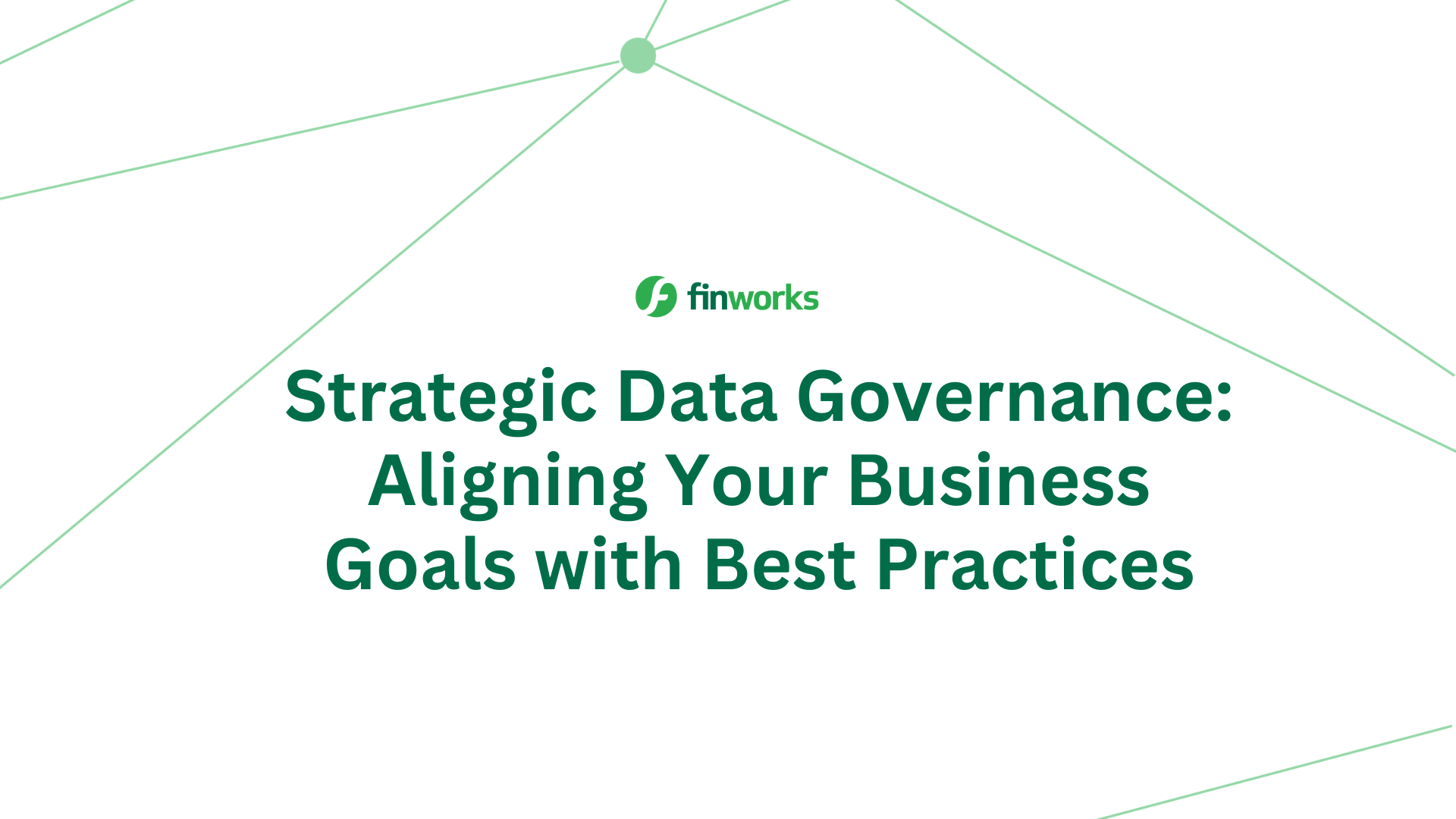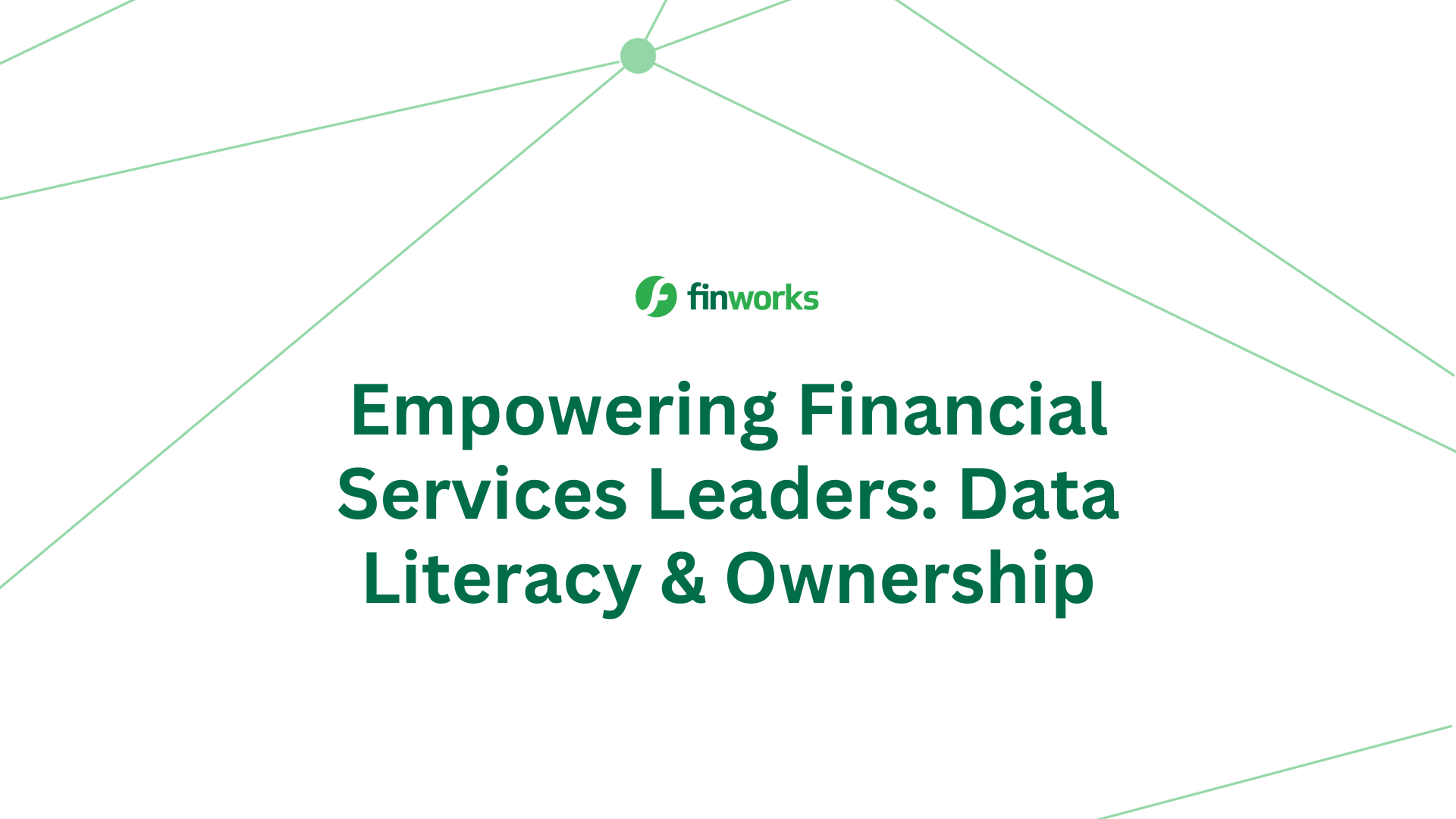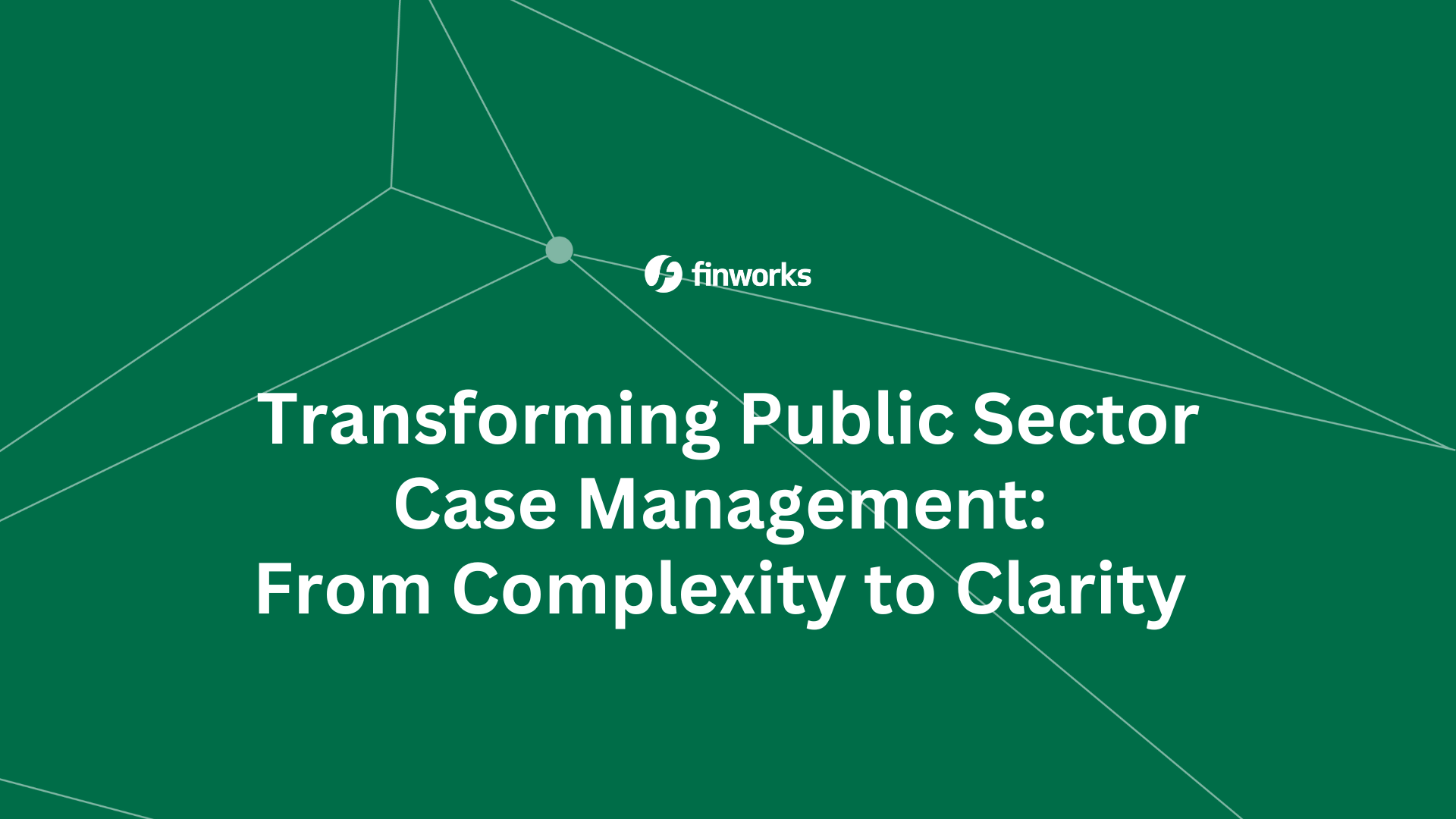Navigating the Cloud: Best Practices for Effective Cloud Data Governance
Data governance has evolved from relatively simple standards for data security and privacy to a broad enterprise-wide strategy involving not just access to data but also ensuring organisations transform high-quality data. It provides data accuracy, security, and compliance, allowing more informed decisions.
Mastering Cloud Data Governance: A Comprehensive Guide for Professionals
Cloud data governance is a set of processes, roles, standards, policies, and metrics that ensure the efficient use of data to enable an organisation to achieve its goal. A robust governance framework will help you reduce security risks and ensure your operations run smoothly in the cloud.
Navigating the Cloud Data Governance Landscape
The three primary challenges to building a cloud governance framework are cloud adoption, cloud security, and governing data in the cloud.
Cloud Adoption
Organisations must carefully plan and execute their transition to cloud services, considering factors such as scalability, integration, and compliance. Successful cloud adoption requires a strategic approach, encompassing thorough assessments of existing infrastructure, identifying suitable cloud providers, and creating a roadmap for seamless migration.
Governing Data in the Cloud
Once in the cloud, the governance of data becomes a central concern. Managing and safeguarding data in a dispersed, virtual environment demands meticulous attention. Organisations must establish clear policies on data storage, access, and usage, ensuring compliance with regulatory frameworks.
Data governance frameworks should also include mechanisms for data quality assurance, metadata management, and the establishment of ownership responsibilities. Striking the right balance between security and scalability is crucial in effective data governance.
Cloud Security
Security remains a paramount concern in the cloud governance landscape. Organisations must address issues related to data breaches, identity management, and compliance with industry-specific security standards. Implementing robust security measures, encryption, multi-factor authentication, and security audits is essential to protect sensitive data and maintain the trust of stakeholders.
Understanding the Foundations of Cloud Data Governance
Data governance encompasses 1) the actions of people in the organisation, 2) the processes they must follow, and 3) the technology that supports them throughout the data life cycle.
Accountability and Ownership
Accountability refers to being answerable for data-related decisions and actions. Ownership involves assigning responsibility for data management to specific individuals or teams. Clear accountability ensures that data-related tasks are executed effectively, and ownership prevents data silos and confusion.
Transparency and Communication
Transparency involves making data processes and policies visible to relevant stakeholders. Communication ensures the effective exchange of information about data governance. Transparent practices build trust, foster collaboration, and enable informed decision-making across the organisation.
Data Classification and Categorisation
Data classification involves labelling data based on its sensitivity (e.g., public, confidential, personal). Categorisation groups data into logical categories (e.g., customer data, financial data). Proper classification and categorisation enable strong access controls, security measures, and compliance efforts.
Data Access Control and Security
Data access control restricts who can access specific data. Security measures safeguard data against unauthorised access, breaches, and cyber threats. Effective access controls prevent data leaks, protect sensitive information, and maintain data integrity.
Data Quality Assurance
Data quality assurance ensures that data is accurate, complete, consistent, and reliable. It involves validation, cleansing, and monitoring. High-quality data supports better decision-making, reduces errors, and enhances overall performance.
Compliance and Regulatory Alignment
Compliance involves adhering to legal, industry, and organisational regulations. Regulatory alignment ensures data practices align with relevant laws (e.g., GDPR). Compliance mitigates legal risks, avoids penalties, and protects individuals' privacy.
Best Practices for Data Governance in the Cloud
These cloud governance best practices will help you meet compliance standards and give everyone simple access to data.
1. Know Your Data
When implementing data governance throughout an organisation, the best place to start is by understanding the amount of data available and where it is stored. Tools like Data Discovery can help provide a solid foundation for developing an effective structure. All data must be assessed, including metadata and unstructured data from collaborative tools, SaaS apps, and shared files.
2. Classify and Categorise Data
After you've determined the amount of data your organisation generates, what categories and sensitivity levels it has, and where it is stored, it's time to organise it. Make sure your organisation clearly defines how it interprets, classifies, categorises, and processes data based on the sensitivity level and policies in place, ensuring a single source of truth.
Consider the commercial context of your data. This allows you to apply your data's classification and business rules to your data catalogue, making it a more straightforward experience to use.
3. Keep up with Your Data Lifecycle
As your data continues to flow through your organisation, examine each stage of its lifecycle. Manage your data successfully at all stages by establishing policies for data collection, storage, delivery, and disposal.
Consider how policies and processes interact with one another as you design them over the data lifecycle. Breaking down the data governance process into sub-items and smaller milestones is the most effective way to create a consistent strategy across your organisation.
Establishing ownership for your data at each stage of the lifecycle across departments is also critical to ensuring that these processes are followed correctly and that any violations are instantly identified and corrected at the source.
4. Prioritise Data Privacy and Data Security
When it comes to data, privacy and security are two of the most crucial considerations. Maintaining compliance with privacy regulations while implementing essential security mechanisms for your data should be a key component of your data governance strategy.
Keep data privacy in mind while establishing processes for your organisation's data and checks and balances in your privacy policy. This eliminates the need for a reactionary procedure to ensure compliance with privacy standards (and special categories of data). Understand your security requirements to avoid competing programs and duplicative efforts.
5. Set Goals and Metrics
Keeping data governance best practices is an ongoing activity, you'll need to develop, report, and measure your organisation's data management objectives regularly. Metrics will inevitably differ from organisation to organisation based on size, data scope and sources, and how data is presented both internally and potentially externally.
When establishing and implementing your data governance programme, remember that it is a long-term collection of processes to develop a data structure that ensures your organisation's people, processes, and technology are all on the same page.
6. Enabling Automation
Automation is the practice of improving speed, reliability, and efficiency while reducing human involvement. Governance is an effective tool for your company to enforce automation measures. Your cloud governance policies should explicitly specify the technologies and methods that your company will use to enable automation.
When deciding on these rules, keep productivity in mind and ensure that any technology-based strategies you implement will boost efficiency, resolve existing challenges, and make everyone's work easier. Data storage and sharing processes can be automated in a variety of ways, depending on your business goals.
For example, you can include automation into your data governance programme, including:
- Workflows
- Permission requests
- Data Requests
- Approval processes
Finworks: Leading the Way in Cloud Data Governance
Strong data governance is essential for successful cloud migration and cloud management. The Finworks data management platform has essential features that enable you to locate reliable data, meet governance standards, and operationalise governance at scale.
Finworks cloud data governance capabilities include all of the essential qualities and policies we just discussed and data strategy to drive cloud strategy. Whether you're just taking your first steps or looking to improve your cloud strategy, we have the tools and expertise to make your cloud data governance successful.
Contact us today to see how Finworks can help you automate and achieve compliance for all your cloud data governance initiatives.




